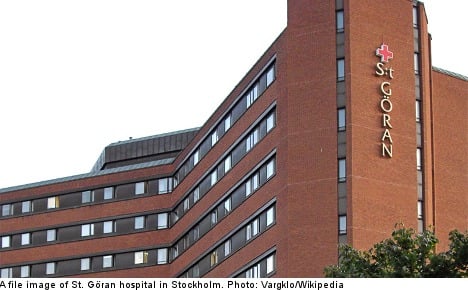In a 14-page Nordics special, The Economist noted already in February that many notions once cemented in the Swedish conscience had been laid bare and dissected, or, as its correspondent noted, “the streets of Stockholm are awash with the blood of holy cows”.
One such holy cow, was, of course an ingrained suspicion toward private enterprise operating in state-funded industries, including health care.
Yet in 1999 the reigns of St. Göran’s hospital in western Stockholm were taken over by Capio, a Swedish healthcare management company owned by private equity firms. Today, 20 percent of hospital care across Sweden is run by private outfits in Sweden, a number that rises to 30 percent in the primary care sector.
“St. Göran’s is the medical equivalent of a budget airline,” The Economist wrote last week.
“The aim is to give taxpayers value for money. Hospitals should not be in the hotel business, the argument goes.”
Capio’s reform has, among other things, made the working relationship between doctors and nurses less hierarchical, the Economist explained. Small teams of medical staff work together. They make not only medical decisions together, but discuss work flow and how to manage everyday affairs – for example where the defibrilators should be kept so no one runs around looking for one while a patient flatlines in another room.
The term for focusing on work flow and quality in healthcare is “lean” and the liberal Economist is a key cheerleader for its virtues. A main aim at St. Göran was to cut short the amount of time patients spend in-house, a target that Sweden seems to be good at implementing nationally.
The Economist reported that the average length of a hospital stay in Sweden was 4.5 days. In France, it is 5.2 days, while Germans spend on average 7.5 days in hospital.
Sweden also has about half as many hospital beds per capita as France does, yet Swedes live to be a bit older than their French peers.
The Local/at



 Please whitelist us to continue reading.
Please whitelist us to continue reading.
Member comments